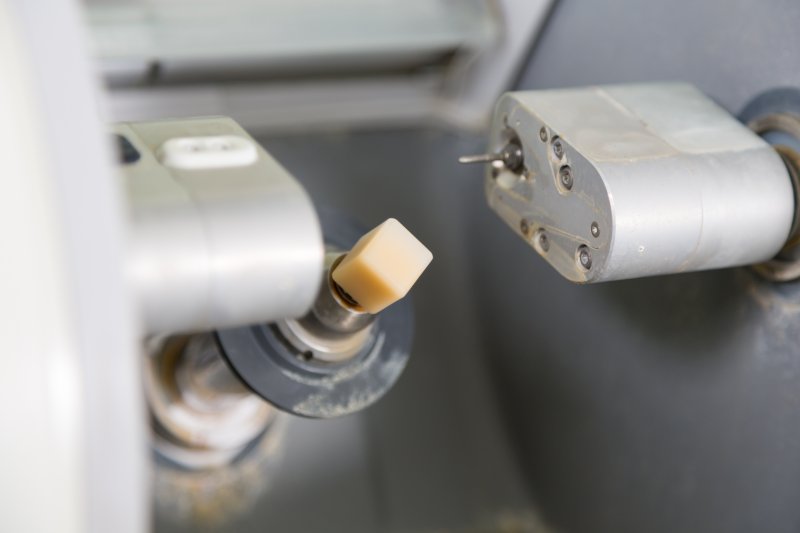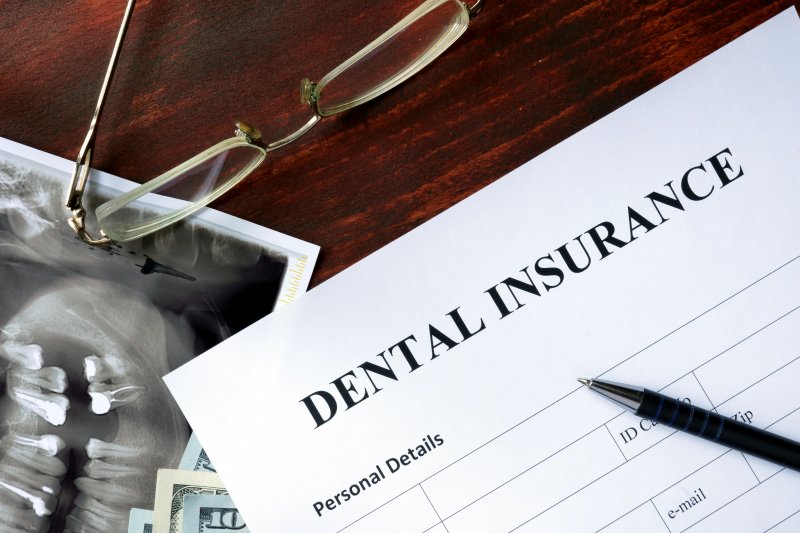
Did you know that more than 90% of U.S. adults have had at least one dental cavity? Yes, this oral health problem is extremely common! Thankfully, science has advanced to the point where there are many products available that can greatly reduce the risk of tooth decay — including Curodont. What is Curodont, and how can it help you to keep cavities away? This blog post explains.
(more…)



